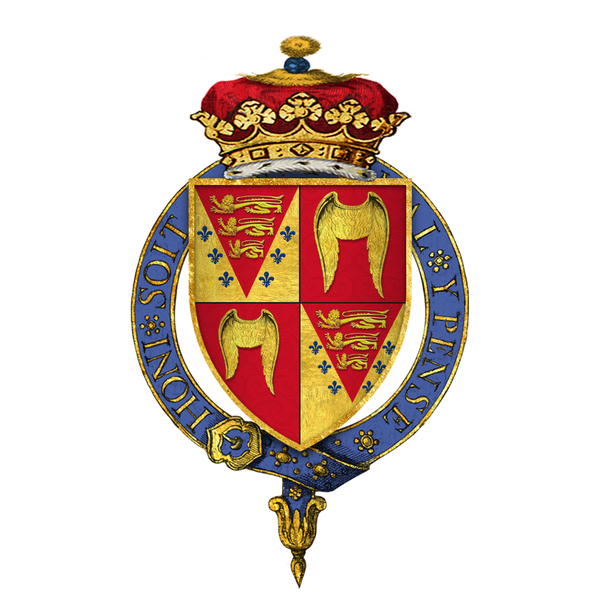Charges and Heraldry
The most highly regarded part of heraldry were the charges, which were the primary symbol on the shield. These charges often represented people, animals, objects or nature.
The process of adding a charge was referred to as ‘charging the shield’ with that object. It was possible to use a pattern as a charge, but those with higher ranks sought something more striking, such as a fearsome animal.
The most common charge was a lion, which could be in various positions depending on the shape of the shield. It was important to fill a large proportion of the space available, so a single animal was often depicted in an upright position. When adding a lion to a shield, it was traditional to paint the tongue and claws red, but in the case of a red lion they would be painted blue

Other common animals included stags, often with full antlers, as well as dogs, horses and boars. Boars, like lions, had strict rules and the shape of their neck had to abide by certain guidelines. Specifically, the neck would be cut smooth for a ‘couped’ cut or jagged for an ‘erased’ cut.
Eagles were another popular animal and were usually ‘displayed’, which would mean having its body face the front and its head turned to the side with wings spread. Mythical creatures could also be included as charges, and common choices were dragons, griffins, unicorns and wyverns. Each of these creatures had powers and strengths that would be associated with the owner of the coat of arms.
In terms of flowers, the two most frequent used were roses and lilies. Lilies were linked with France and would be used to represent purity, while roses were seen as a true English flower and featured heavily in heraldry even before Tudor times.
See also:
MLA Citation/Reference
"Charges and Heraldry". HistoryLearning.com. 2026. Web.
